Nature is full of surprises, and some of the most fascinating ones come from the animal kingdom. While we often think of teeth, claws, or venom as weapons, many creatures have evolved to use something far less visible but equally effective: sound. From tiny insects to massive whales, these animals have developed ways to use noise for defence, hunting, or territorial disputes. It’s a reminder of how clever and adaptable wildlife can be, often in ways we’d never expect. Here are 9 amazing animals that prove sound can be just as powerful as any physical weapon.
Pistol Shrimp
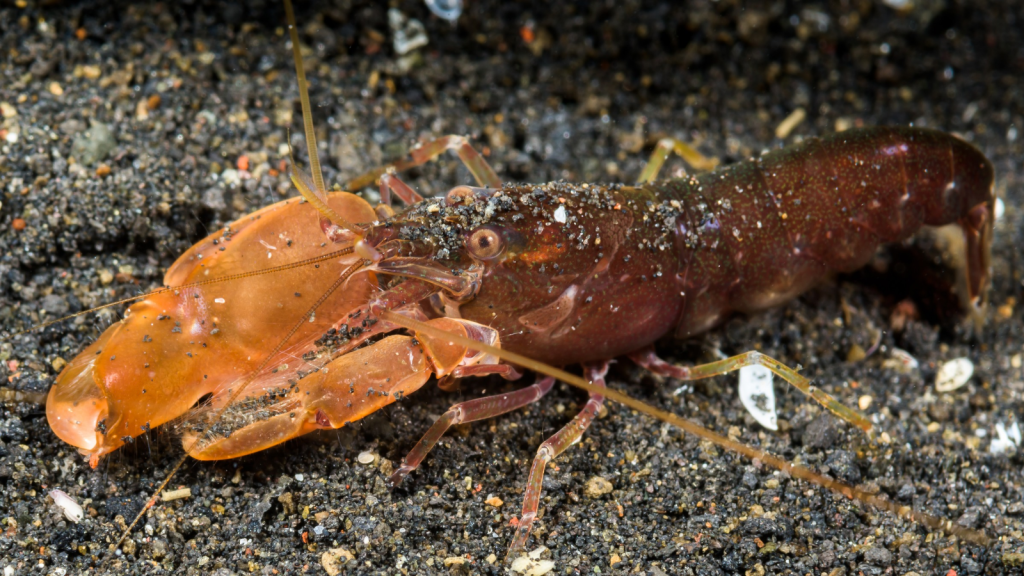
This small crustacean packs a mighty punch with its oversized claw. When it snaps shut, it creates a bubble that collapses with such force it produces a loud ‘pop’ and a flash of light. This sonic boom can stun or even kill small fish, making the pistol shrimp a formidable predator despite its size. The sound produced by the pistol shrimp can reach an astonishing 210 decibels, louder than a gunshot.
Sperm Whale

The world’s largest toothed predator uses powerful clicks to navigate and hunt in the deep ocean. These clicks can be so loud they can stun or even kill giant squid, the whale’s favourite prey. At close range, these sounds could potentially rupture a human’s eardrums. Sperm whales can produce sounds up to 230 decibels, making them the loudest animal on Earth.
Tiger Moth
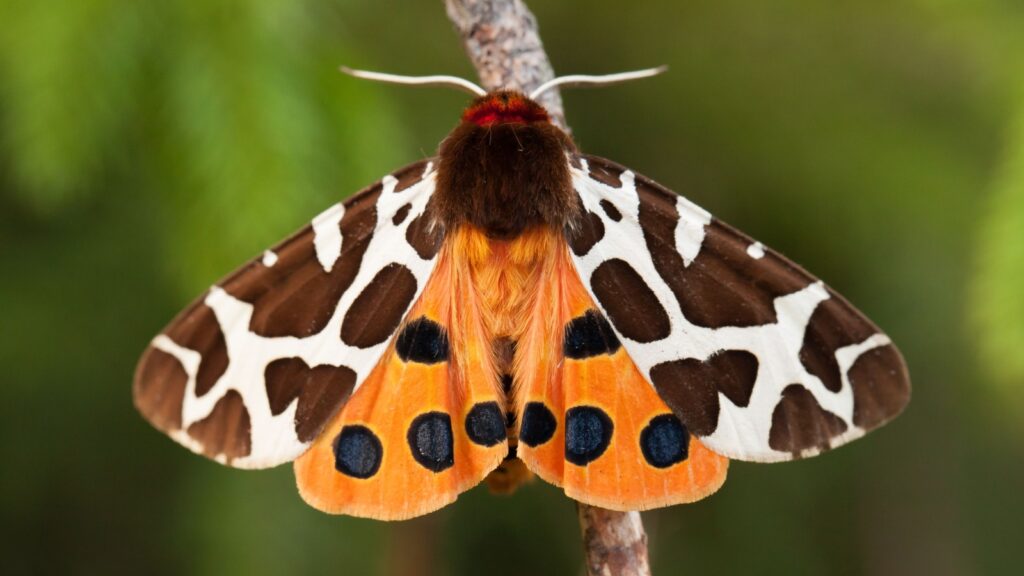
Some species of tiger moth have developed a clever defence against bats. When they hear a bat’s echolocation calls, they produce ultrasonic clicks that jam the bat’s sonar. This acoustic interference confuses the bat, giving the moth a better chance of escape. Remarkably, these moths can produce up to 450 clicks per second, creating a veritable wall of sound.
Beluga Whale

Often called ‘sea canaries’ due to their wide range of vocalisations, belugas have a secret weapon in their sonic arsenal. They can produce a focused beam of sound so powerful it can stun fish, making them easier to catch. This ability gives belugas a unique hunting advantage in their Arctic home. Their flexible facial structure, including a bulbous forehead called the melon, allows them to shape these sound beams with incredible precision.
Northern Mockingbird
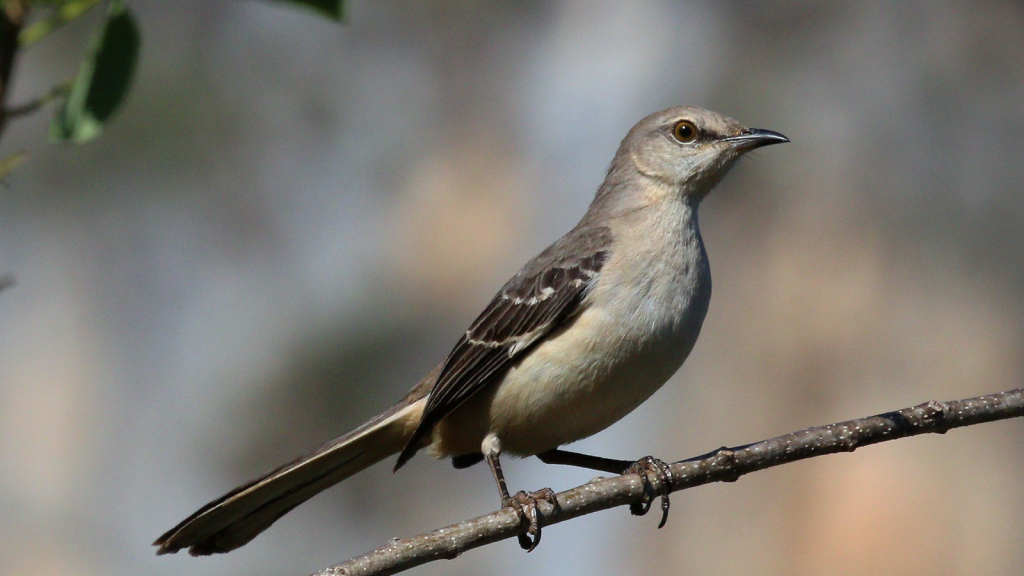
While not typically thought of as weaponising sound, mockingbirds use their impressive vocal repertoire aggressively. They mimic other birds’ songs to defend territory, often incorporating sounds of predators to scare off rivals. Their persistent and varied calls can drive away much larger birds and even mammals. A single mockingbird can learn and mimic up to 200 different songs throughout its lifetime.
European Mole Cricket

These insects produce one of the loudest sounds in nature relative to their size. Males dig special tunnels that amplify their chirps, creating a sound so loud it can be heard up to 600 metres away. This deafening noise helps attract mates but also serves to startle and confuse predators. The mole cricket’s sound-producing organ is located on its wings, which it rubs together to create its distinctive chirp.
Bombardier Beetle
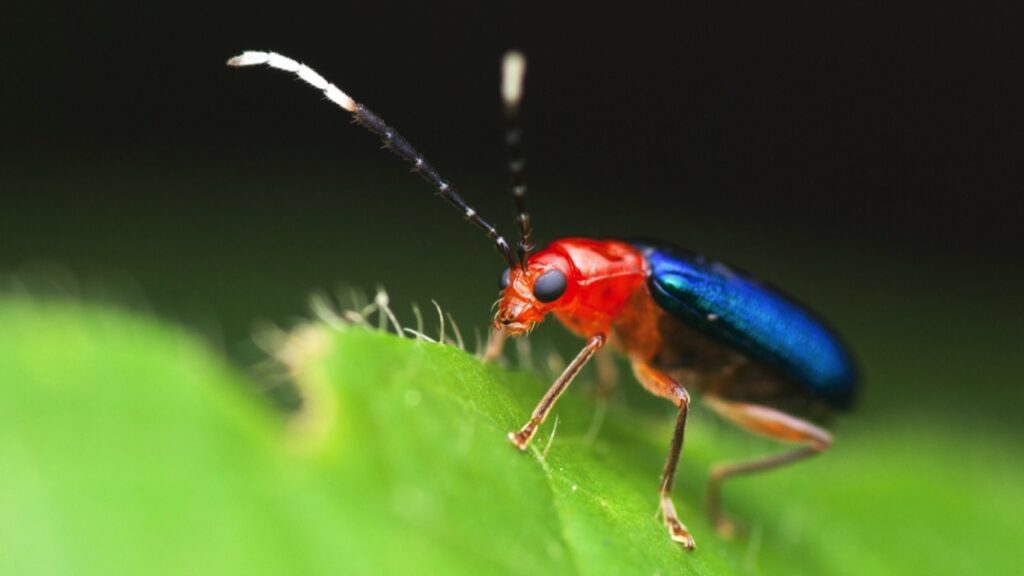
This beetle doesn’t just use sound as a weapon – it combines it with a chemical spray. When threatened, it mixes chemicals in its abdomen, creating a hot, toxic spray that it ejects with a loud pop. The noise, combined with the spray, is usually enough to deter most predators. The beetle can aim this spray in almost any direction, including over its own back, with remarkable accuracy.
Rattlesnake
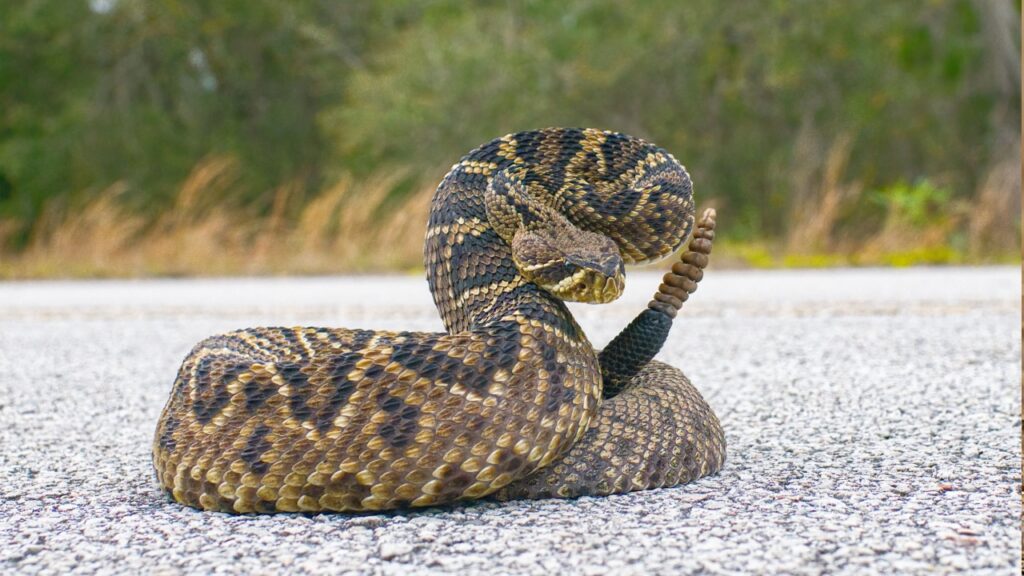
The iconic rattle of these snakes is a well-known warning signal. By rapidly vibrating the segments at the end of their tail, rattlesnakes create a distinctive buzzing sound. This noise serves as a clear message to potential threats: stay away or face venomous consequences. A rattlesnake can shake its tail up to 50 times per second, creating a blur of motion and a continuous, intimidating rattle.
Lyrebird
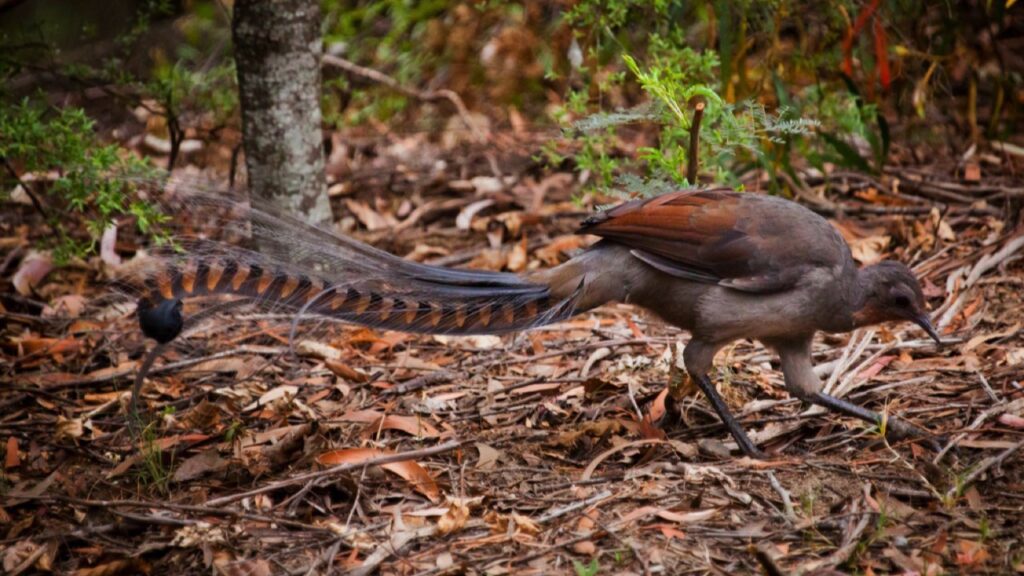
Australia’s lyrebird is famous for its incredible mimicry skills. While primarily used for mating displays, these birds can also use their vocal talents defensively. By mimicking the calls of larger, more aggressive birds, lyrebirds can scare off potential predators or rivals. Their repertoire isn’t limited to bird calls; lyrebirds have been known to mimic human-made sounds like car alarms, chainsaws, and even camera shutters.
Becky is a fervent wildlife enthusiast and pet care expert with a diploma in canine nutrition. Her love for animals stretches beyond the domestic, embracing the wild tapestry of global fauna. With over a decade of experience in animal welfare, Becky lends her expertise to OutlandishOwl through insightful articles, captivating wildlife information, and invaluable guidance on pet nutrition. Her work embodies a deep commitment to understanding the intricate lives of animals and a passion for educating others on sustaining natural habitats. Becky's hands-on conservation efforts and her knack for translating complex dietary science into practical pet feeding tips make her an indispensable voice for creatures great and small.




